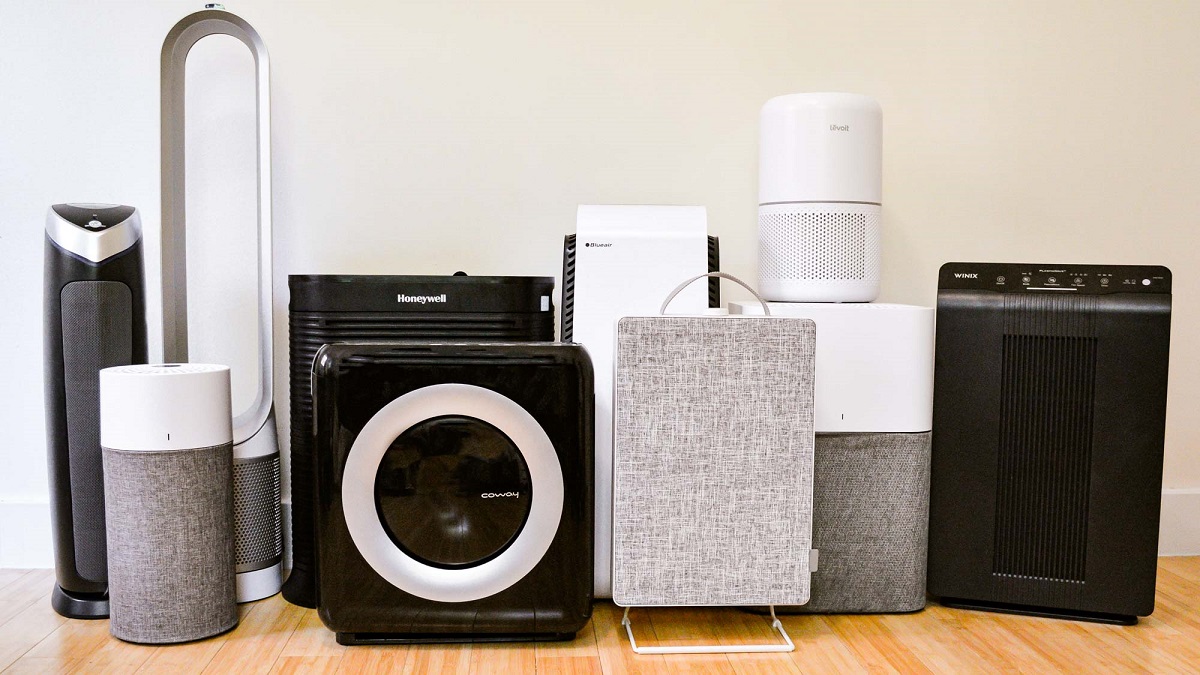

Articles
What Size Air Purifier Do I Need
Modified: January 19, 2024
Discover the perfect size air purifier for your home with our informative articles. Find out what size air purifier you need to improve your indoor air quality.
(Many of the links in this article redirect to a specific reviewed product. Your purchase of these products through affiliate links helps to generate commission for Storables.com, at no extra cost. Learn more)
Introduction
Air pollution is a global concern that affects our health and well-being. Indoor air quality can sometimes be worse than outdoor air, especially in confined spaces with poor ventilation. One effective solution to combat indoor air pollution is using an air purifier.
However, with so many options available in the market, choosing the right size air purifier for your space can be a daunting task. Selecting the appropriate size is crucial to maximize its effectiveness and ensure clean air circulation.
In this article, we will delve into the factors you need to consider when determining the size of an air purifier. We will explore room size, air changes per hour (ACH), clean air delivery rate (CADR), and the types of air pollutants that an air purifier can remove. By the end, you will be equipped with the knowledge to make an informed decision and select the perfect air purifier for your needs.
Key Takeaways:
- Choosing the right size air purifier involves considering room size, ACH, CADR, and specific pollutants. Research, compare, and invest in an air purifier that meets your needs for cleaner, healthier indoor air.
- Understanding the types of air purifiers and their functionalities helps in selecting the most effective option for your specific indoor air quality concerns. Consider factors such as room size, ACH, and CADR to make an informed decision.
Read more: What Size Air Fryer Do I Need
Understanding Air Purifiers
Air purifiers are devices designed to remove harmful pollutants from the air in indoor spaces. They work by pulling in air, filtering it, and then releasing clean air back into the room. These devices can be particularly beneficial for individuals with allergies, asthma, or other respiratory conditions.
There are different types of air purifiers available in the market, each equipped with specific mechanisms to tackle various air pollutants. Some common types include HEPA filters, activated carbon filters, UV germicidal lights, and ionizers. Each type has its own strengths and weaknesses, and understanding their functions can help you choose the right one for your needs.
HEPA (High-Efficiency Particulate Air) filters are renowned for their effectiveness in removing microscopic particles from the air. They can capture and trap allergens such as dust, pollen, pet dander, and mold spores. HEPA filters are highly recommended for those with allergies or sensitivities to airborne particles.
Activated carbon filters, on the other hand, excel in removing odors, chemicals, and volatile organic compounds (VOCs) from the air. They are particularly useful in kitchens and areas with high levels of pollutants emitted from cooking, cleaning products, or paints.
UV germicidal lights use ultraviolet radiation to destroy biological pollutants like bacteria, viruses, and mold spores. By exposing these microorganisms to UV light, their genetic material is damaged, rendering them inactive and harmless.
Ionizers work by releasing negative ions into the air, which attach to positively charged particles such as dust, allergens, and smoke. Once attached, these particles become too heavy to remain suspended in the air and eventually fall to the ground or onto surfaces, reducing their presence in the breathing zone.
By understanding the different types of air purifiers and their functionalities, you can select the one that is best suited for your specific needs and the pollutants you want to target. Keep in mind that some air purifiers may combine multiple technologies to provide comprehensive air purification.
In the next sections, we will discuss the factors to consider when determining the size of an air purifier, starting with the size of the room in which it will be used.
Factors to Consider
When determining the size of an air purifier, there are several important factors to consider. By taking these factors into account, you can ensure that the air purifier is capable of effectively purifying the air in your space.
Room Size: The size of the room in which the air purifier will be used is a key consideration. Air purifiers are designed to cover a specific square footage, so it’s essential to choose one that is suitable for the size of your room. A purifier that is too small for the room may not effectively clean the air, while one that is too large may consume unnecessary energy.
Air Changes per Hour (ACH): ACH refers to the number of times the air purifier can filter and clean the air in a room within an hour. The ideal ACH for a residential or office space is around 4 to 6. This means that the air purifier should be capable of filtering the entire volume of air in the room 4 to 6 times per hour for optimal purification.
Clean Air Delivery Rate (CADR): CADR is a measurement of an air purifier’s effectiveness in removing specific airborne pollutants. It determines the volume of clean air that the purifier can deliver per minute. CADR ratings are typically provided for smoke, pollen, and dust particles. Look for a purifier with a CADR rating that matches or exceeds the size of your room for maximum efficiency.
Types of Air Pollutants: Consider the specific types of pollutants you want to address. If you are primarily concerned about allergens like dust and pollen, a purifier with a HEPA filter is a good choice. For odors and chemicals, opt for an air purifier with an activated carbon filter. Understanding the types of pollutants you want to eliminate will guide you in selecting the right type and size of air purifier.
Occupancy and Activity Level: The number of people in the room and their activity level can impact the air quality. Spaces with high occupancy or frequent activities that generate dust, such as cooking or smoking, may require a more powerful air purifier or a higher ACH to maintain clean air.
By considering these factors, you can effectively evaluate the size and specifications needed for an air purifier that will provide optimal air purification for your space. In the next sections, we will discuss how room size and ACH relate to the size of the air purifier.
Room Size
The size of the room plays a crucial role in determining the appropriate size of an air purifier. It is important to choose a purifier that can adequately cover the square footage of your room for optimal performance.
Most air purifiers come with a recommended coverage area, expressed in square feet. This specification indicates the maximum room size for which the purifier is designed to provide effective air purification. It is essential to match the purifier’s coverage area with the size of your room.
In general, it is advisable to choose an air purifier that can cover a slightly larger area than your room. This will compensate for factors such as airflow restrictions, furniture placement, and potential variations in air quality. For instance, if you have a room that measures 300 square feet, it would be wise to select an air purifier with a coverage area of 350-400 square feet.
For larger spaces, such as open-concept living areas or offices, it may be necessary to invest in multiple air purifiers or choose a model specifically designed for larger rooms. This ensures sufficient air circulation and purification throughout the space.
It’s worth noting that different types of air purifiers may have varying coverage areas. HEPA-filter-based air purifiers tend to cover smaller areas, while other types like activated carbon or UV germicidal light purifiers may have larger coverage capacities.
In summary, when considering the room size, make sure to choose an air purifier with a coverage area that matches or slightly exceeds the square footage of your room. This will ensure that the purifier can effectively circulate and purify the air in your space.
Air Changes per Hour (ACH)
Air Changes per Hour (ACH) is an important factor to consider when selecting the right size air purifier for your space. It refers to the number of times the air purifier can filter and clean the air in a room within an hour.
The recommended ACH for residential or office spaces is typically around 4 to 6. This means that the air purifier should be capable of filtering the entire volume of air in the room 4 to 6 times per hour for optimal purification.
To calculate the ACH, you need to know two key pieces of information: the volume of the room and the Clean Air Delivery Rate (CADR) of the air purifier. The volume of the room is determined by multiplying its length, width, and height.
For example, if you have a room that measures 10 feet long, 12 feet wide, and 8 feet high, the volume would be 960 cubic feet (10 x 12 x 8 = 960). To achieve an ACH of 4, the air purifier should be capable of filtering 3840 cubic feet of air per hour (960 x 4 = 3840).
The CADR rating is a measure of an air purifier’s effectiveness in removing specific airborne pollutants, such as smoke, pollen, and dust. It indicates the volume of clean air that the purifier can deliver per minute. CADR ratings for different pollutants are usually provided by the manufacturer.
By matching the ACH requirements of your room with the CADR rating of the air purifier, you can determine whether it is suitable for your space. Keep in mind that achieving a higher ACH requires a more powerful air purifier or using multiple units in larger rooms.
It’s important to note that ACH requirements can vary depending on the specific needs of your environment. For example, if you or someone in your household suffers from severe allergies or respiratory conditions, you may want to aim for a higher ACH to ensure cleaner air quality.
By considering the recommended ACH and comparing it to the CADR ratings of different air purifiers, you can select the right size and capacity that will effectively purify the air in your room and provide a healthier environment.
When choosing an air purifier, consider the square footage of the room where it will be used. Measure the length and width of the room and use this to determine the appropriate size air purifier for effective air cleaning.
Read more: What Size Air Conditioner Do I Need
CADR (Clean Air Delivery Rate)
CADR, or Clean Air Delivery Rate, is a measurement that indicates the effectiveness of an air purifier in removing specific airborne pollutants. It provides a standardized way to compare and evaluate different air purifiers based on their performance.
The CADR rating is typically given for three types of pollutants: smoke, pollen, and dust. Each pollutant has its own CADR rating, measured in cubic feet per minute (CFM) or cubic meters per hour (m3/h).
A higher CADR rating means that the air purifier can remove pollutants more efficiently and deliver cleaner air into the room. For example, if an air purifier has a smoke CADR rating of 200 CFM, it means that it can remove smoke particles at a rate of 200 cubic feet per minute.
When choosing an air purifier based on CADR ratings, it’s important to consider the size of your room. The Association of Home Appliance Manufacturers (AHAM) recommends that the CADR ratings should be at least two-thirds of the room’s area in square feet.
For example, if you have a room that measures 300 square feet, the recommended CADR ratings should be around 200-220 CFM for smoke, pollen, and dust. This ensures that the air purifier can effectively clean the air in your room within a reasonable amount of time.
It’s also worth noting that some air purifiers may have higher CADR ratings for certain pollutants than others. For example, a purifier that excels at removing smoke particles may have a higher smoke CADR rating compared to its pollen or dust CADR ratings. Consider the specific types of pollutants you want to address when evaluating the CADR ratings.
Lastly, keep in mind that CADR ratings are provided by the manufacturer and may vary depending on the testing standards and procedures used. Look for air purifiers that have CADR ratings certified by reputable organizations such as AHAM to ensure accurate and reliable information.
By considering the CADR ratings and matching them with the recommended two-thirds rule for room size, you can select an air purifier that is appropriately sized and capable of delivering clean air efficiently and effectively.
Types of Air Pollutants
Indoor air pollution can be caused by a variety of pollutants that can have adverse effects on our health. Understanding the different types of air pollutants can help you select an air purifier that is specifically designed to target and remove these contaminants from the air.
Particulate Matter (PM): Particulate matter refers to tiny particles suspended in the air, such as dust, pollen, pet dander, and mold spores. These particles can be inhaled and may trigger allergies or respiratory issues. HEPA (High-Efficiency Particulate Air) filters are highly effective at capturing and trapping particulate matter, making them an excellent choice for removing these pollutants.
Chemicals and VOCs: Volatile Organic Compounds (VOCs) are emitted as gases from various sources, including cleaning products, paints, adhesives, and furniture. Prolonged exposure to VOCs can cause respiratory irritation and other health problems. Air purifiers with activated carbon filters are designed specifically to absorb and neutralize these chemicals, effectively reducing their presence in the air.
Ozone: Ozone is a gas that can be present in indoor environments due to certain appliances or air purifiers that produce ozone as a by-product. While ozone occurs naturally in the atmosphere and provides protection from the sun’s ultraviolet rays, high levels of ozone indoors can be harmful to human health. It’s important to choose an air purifier that does not emit ozone as a by-product.
Bacteria and Viruses: Airborne bacteria and viruses are a concern, especially in spaces where infection control is necessary, such as hospitals or healthcare facilities. Some air purifiers utilize UV germicidal lights, which emit ultraviolet radiation that targets and neutralizes bacteria, viruses, and mold spores, effectively reducing their presence in the air.
Odors and Smoke: Unpleasant odors can linger in the indoor environment due to various factors, including cooking, tobacco smoke, and pet odors. Air purifiers with activated carbon filters are particularly effective at removing odors and smoke particles, providing fresh and clean-smelling air.
By identifying the specific types of pollutants you want to address in your indoor environment, you can choose an air purifier that is designed to effectively capture and eliminate those contaminants. Understanding the different types of air pollutants will enable you to make an informed decision and select the right air purifier for your needs.
Types of Air Purifiers
There are several types of air purifiers available on the market, each employing different mechanisms to effectively clean the air. Understanding the various types can help you choose the right air purifier for your specific needs:
1. HEPA Filters: HEPA (High-Efficiency Particulate Air) filters are widely regarded as one of the most effective types of air purifiers. They are designed to capture and trap microscopic particles such as dust, pollen, pet dander, and mold spores. HEPA filters can remove up to 99.97% of particles as small as 0.3 microns in size, making them ideal for individuals with allergies or respiratory conditions.
2. Activated Carbon Filters: Activated carbon filters specialize in removing odors, gases, chemicals, and volatile organic compounds (VOCs) from the air. They are highly effective in eliminating cooking smells, tobacco smoke, and other unpleasant odors. The activated carbon absorbs and traps these substances, leaving the air fresh and odor-free.
3. UV Germicidal Lights: UV germicidal lights utilize ultraviolet radiation to kill or deactivate bacteria, viruses, and mold spores in the air. The UV light damages the genetic material of these microorganisms, rendering them unable to reproduce or cause harm. UV germicidal lights are particularly beneficial in spaces where infection control is necessary, such as hospitals or healthcare facilities.
4. Ionizers: Ionizers, also known as air ionizers or negative ion generators, release negatively charged ions into the air. These ions attach to positively charged particles in the air, such as dust, allergens, and smoke, causing them to become heavy and fall to the ground or onto surfaces. Ionizers can help reduce the presence of airborne particles, but it’s important to note that they may produce trace amounts of ozone as a by-product.
5. Ozone Generators: Ozone generators are designed to produce ozone as the primary component of their air purification process. Ozone is a powerful oxidant that can neutralize odors and kill bacteria and viruses. However, high levels of ozone can be harmful to human health, so caution should be exercised when using ozone generators. It’s generally recommended to avoid ozone generators in spaces where people spend long periods of time, such as bedrooms or living rooms.
6. Hybrid Purifiers: Some air purifiers combine multiple technologies to provide comprehensive air purification. These hybrid systems may incorporate a combination of HEPA filters, activated carbon filters, UV germicidal lights, or ionizers to target a wide range of pollutants and provide enhanced air cleaning capabilities.
It’s important to consider the specific needs of your indoor environment when choosing an air purifier. Determine the types of pollutants you want to address and select an air purifier that is equipped with the appropriate technology to effectively tackle those contaminants.
Keep in mind that maintenance requirements, replacement costs, and noise levels may vary among different types of air purifiers. It’s always recommended to read product specifications and user reviews to ensure that the chosen air purifier aligns with your preferences and requirements.
Choosing the Right Size Air Purifier
Now that you understand the factors involved in selecting an air purifier, such as room size, ACH, CADR, and the types of pollutants, it’s time to determine the right size air purifier for your needs. Here are some steps to help you make an informed decision:
1. Measure your room: Start by measuring the length, width, and height of the room where you plan to use the air purifier. Multiply these dimensions to calculate the volume of the room in cubic feet or cubic meters.
2. Consider the recommended room coverage: Check the manufacturer’s specifications or product packaging to find the recommended coverage area for the air purifier. Ideally, it should match or slightly exceed the square footage of your room.
3. Calculate the ACH: Determine the desired air changes per hour (ACH) for your room. The recommended ACH for residential or office spaces is typically between 4 and 6. Multiply the volume of your room by the desired ACH to calculate the required air flow in cubic feet per hour (CFH).
4. Check the CADR ratings: Look for air purifiers that have CADR ratings certified by reputable organizations, such as the Association of Home Appliance Manufacturers (AHAM). Compare the CADR ratings of the air purifiers you are considering to ensure they meet or exceed the recommended levels for your room size.
5. Consider special requirements: If you have specific concerns, such as severe allergies or high levels of pollutants, you may need a more powerful air purifier or one that specializes in removing certain types of contaminants. Take into account the specific needs of your environment when making your selection.
6. Budget and maintenance: Consider the cost of the air purifier, including any ongoing maintenance requirements such as filter replacements. Determine what you are willing to invest and evaluate the long-term costs associated with the air purifier.
7. Read reviews and seek recommendations: Research online reviews and seek recommendations from trusted sources to gather insights and feedback on different air purifier models. User experiences can provide valuable information on performance, durability, and overall satisfaction.
By following these steps and considering the factors outlined in the previous sections, you can confidently choose the right size air purifier that will effectively clean the air in your space and improve the indoor air quality.
Read more: What Size Mixer Do I Need
Conclusion
Air purifiers play an important role in improving indoor air quality and creating a healthier environment. Choosing the right size air purifier is essential for maximizing its effectiveness in removing pollutants from your space.
By considering factors such as room size, air changes per hour (ACH), clean air delivery rate (CADR), types of air pollutants, and the specific needs of your environment, you can make an informed decision when selecting an air purifier.
Ensure that the air purifier’s coverage area matches or slightly exceeds the square footage of your room, and aim for a recommended ACH of 4 to 6 for optimal purification. Check the CADR ratings to ensure that the air purifier can effectively remove the specific pollutants you are targeting.
Consider any special requirements you may have, such as allergies or high levels of pollutants, and factor in your budget and ongoing maintenance costs. Reading reviews and seeking recommendations from trusted sources can also provide valuable insights to assist in your decision-making process.
Remember, air purifiers are not a cure-all for all indoor air quality issues. Regular maintenance, proper ventilation, and minimizing pollutant sources are fundamental steps in creating a clean and healthy indoor environment.
By selecting the appropriate size air purifier and using it in conjunction with good indoor air quality practices, you can improve the air you breathe, reduce allergy symptoms, and promote a better overall well-being for you and your family.
Investing in a quality air purifier is an investment in your health. So take the time to research, evaluate your needs, and choose an air purifier that meets your requirements. Breathe easier and enjoy cleaner air in your home or office with the right size air purifier.
Frequently Asked Questions about What Size Air Purifier Do I Need
Was this page helpful?
At Storables.com, we guarantee accurate and reliable information. Our content, validated by Expert Board Contributors, is crafted following stringent Editorial Policies. We're committed to providing you with well-researched, expert-backed insights for all your informational needs.
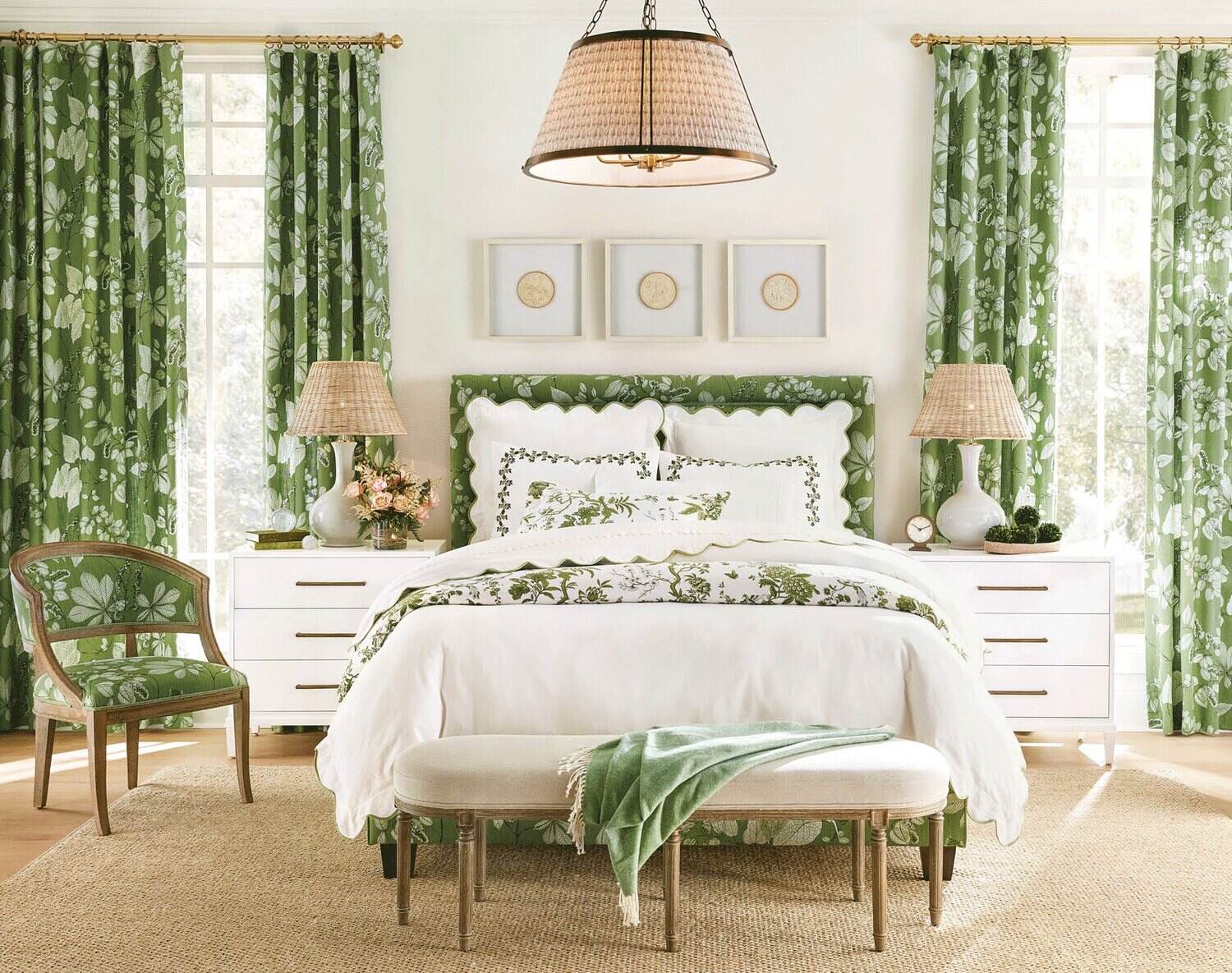
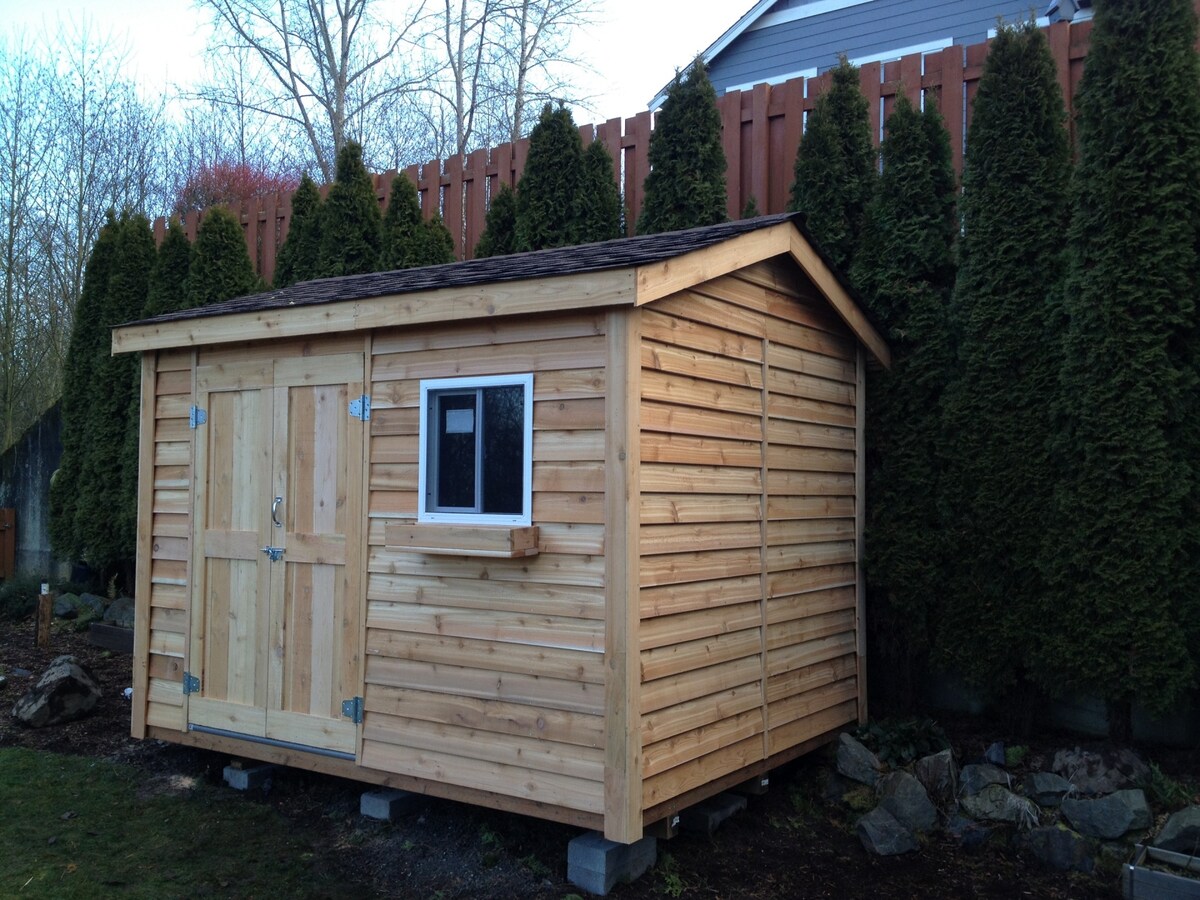
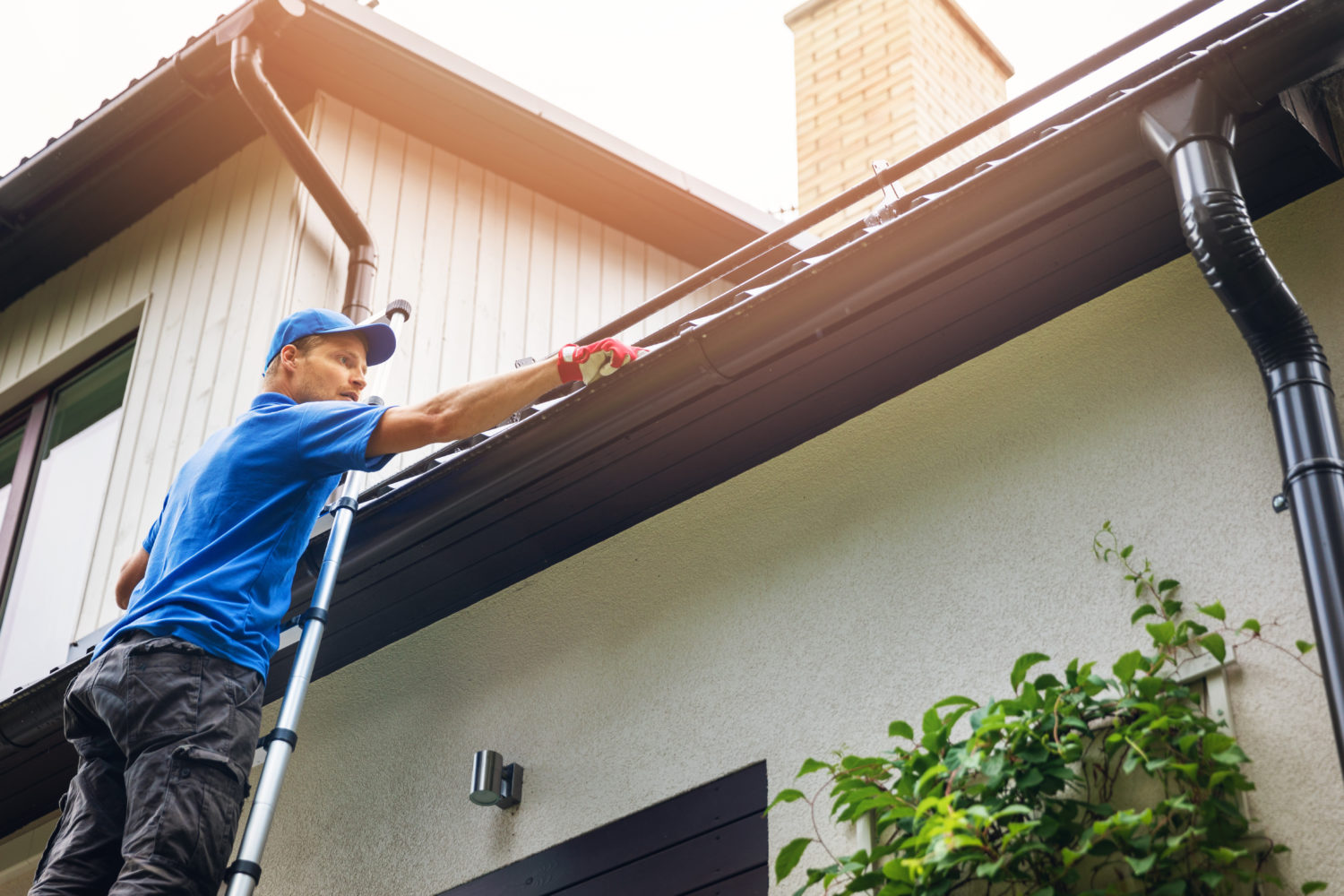
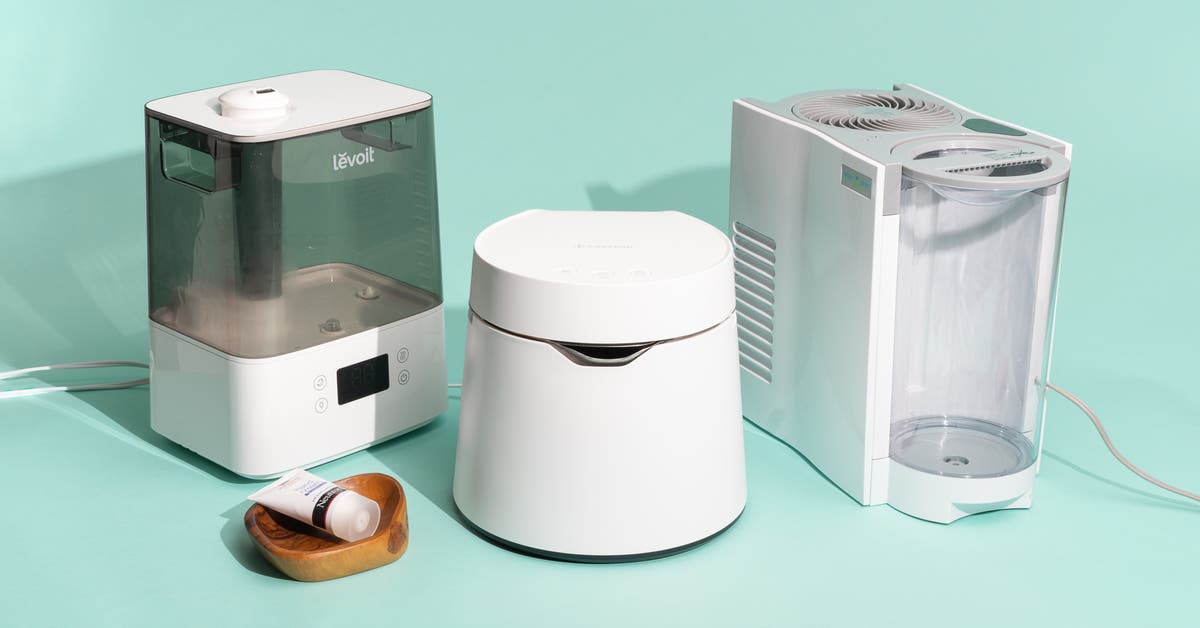
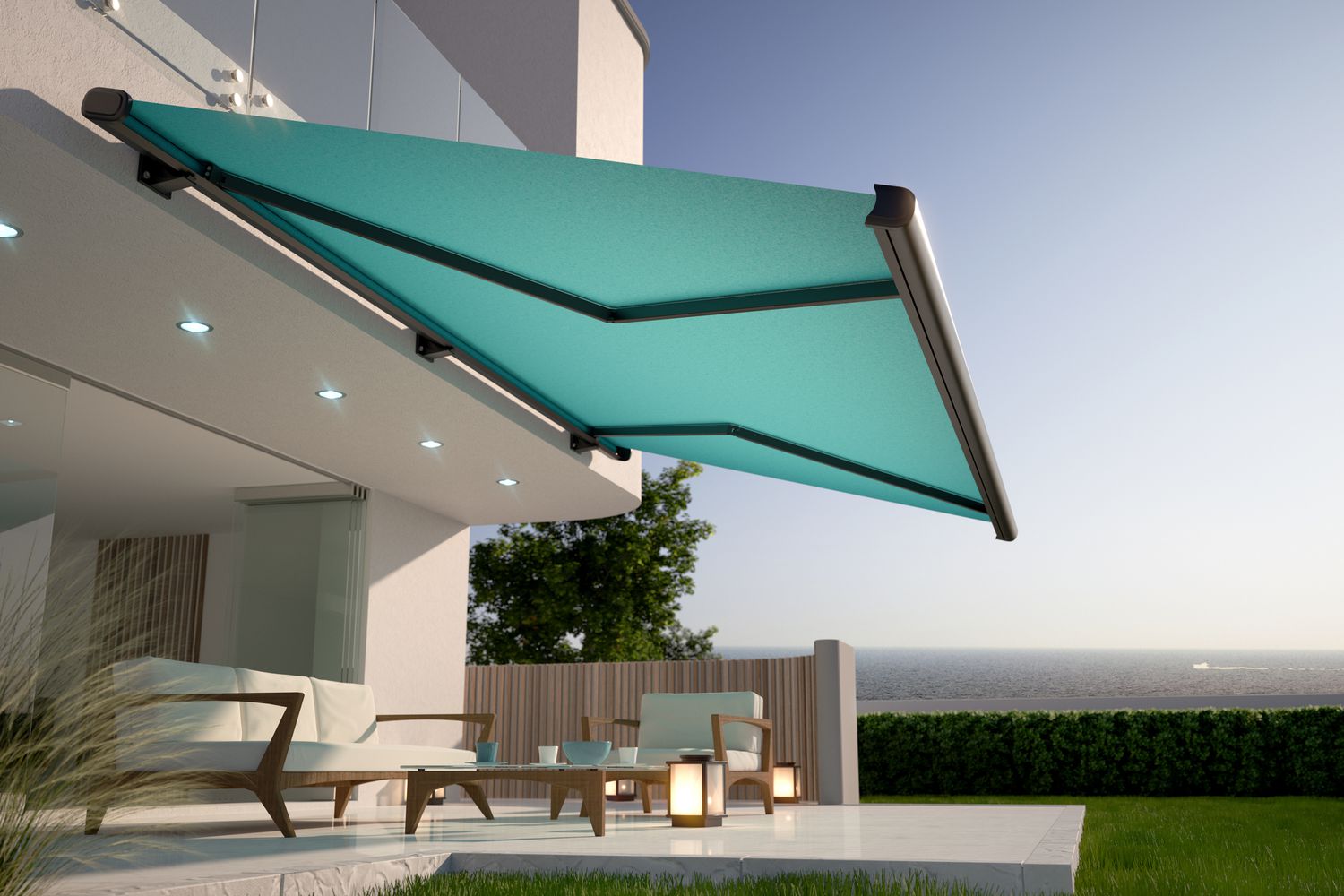

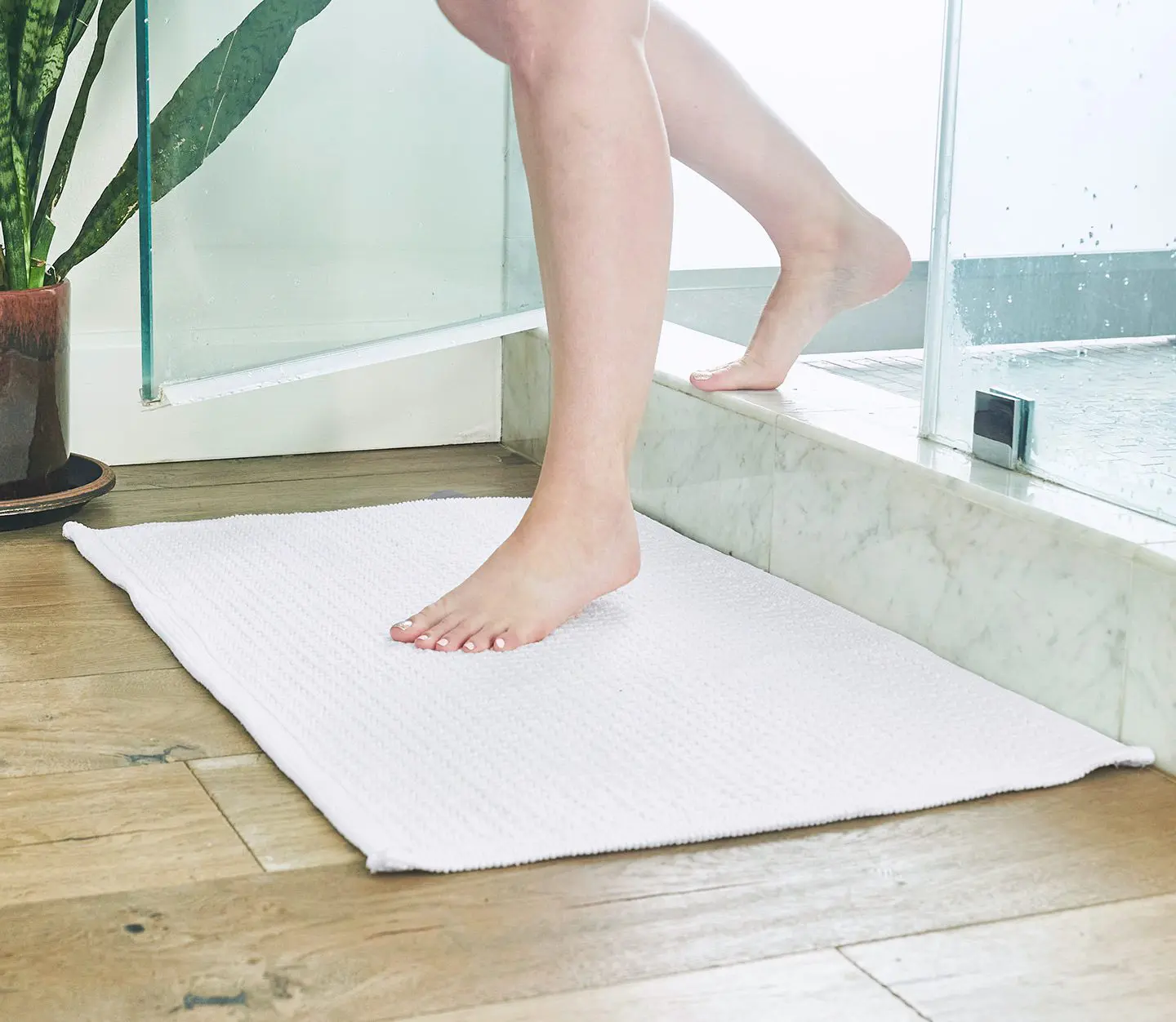

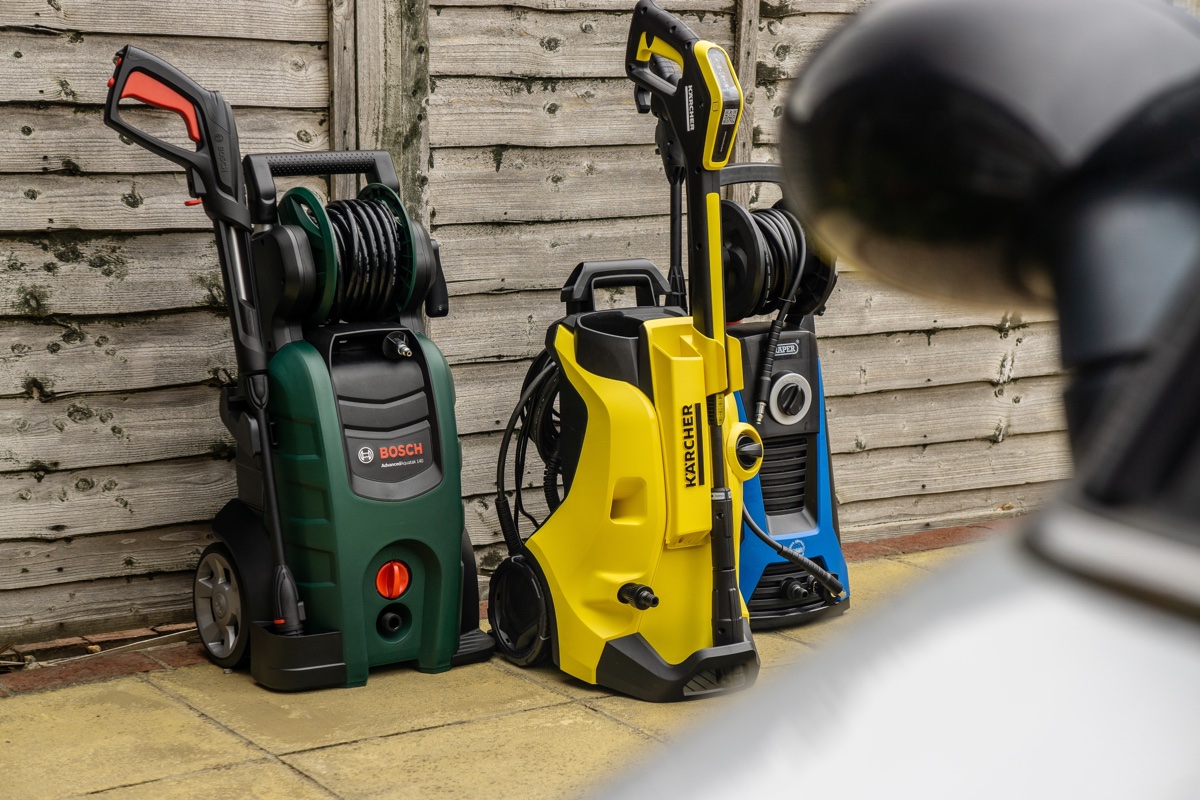
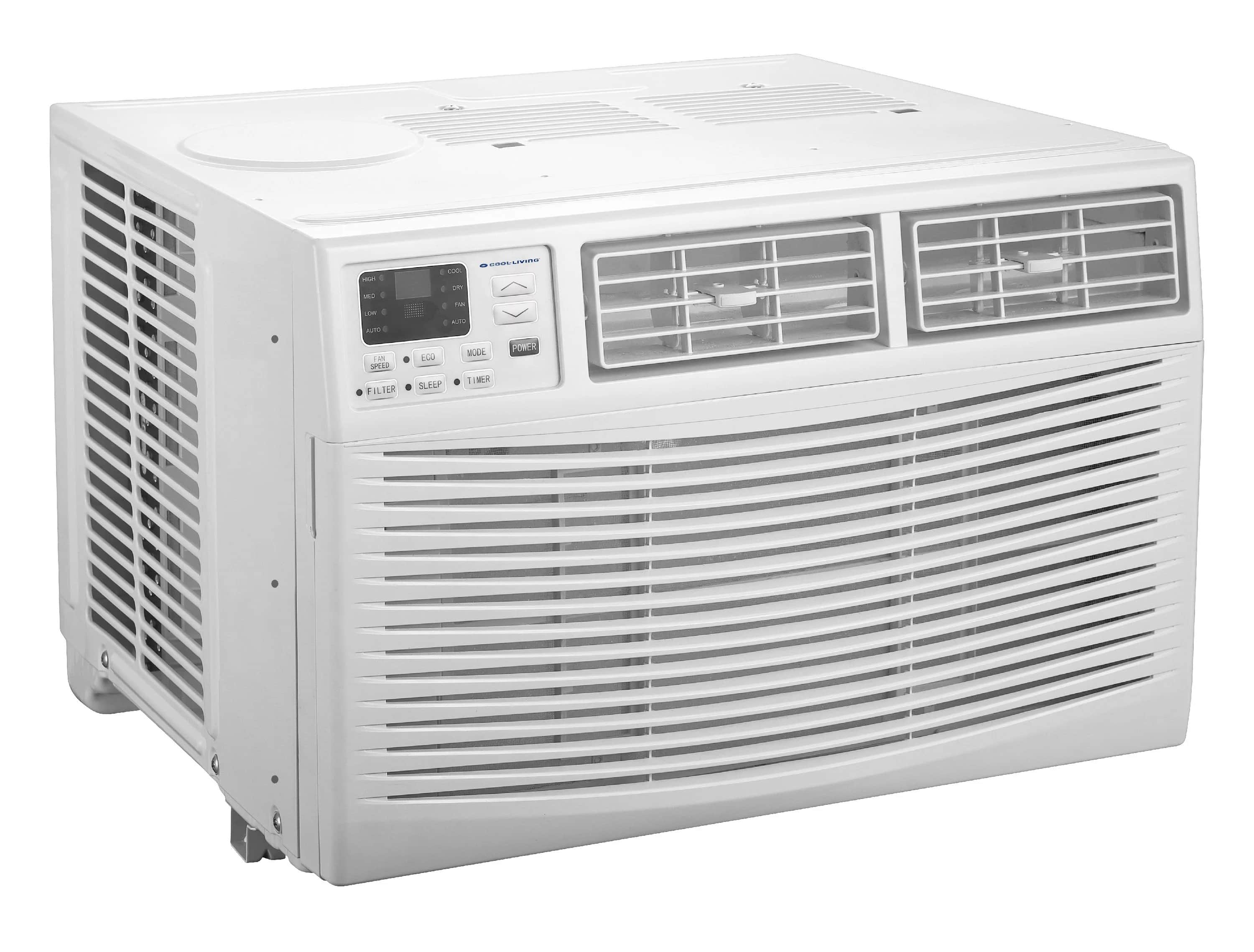
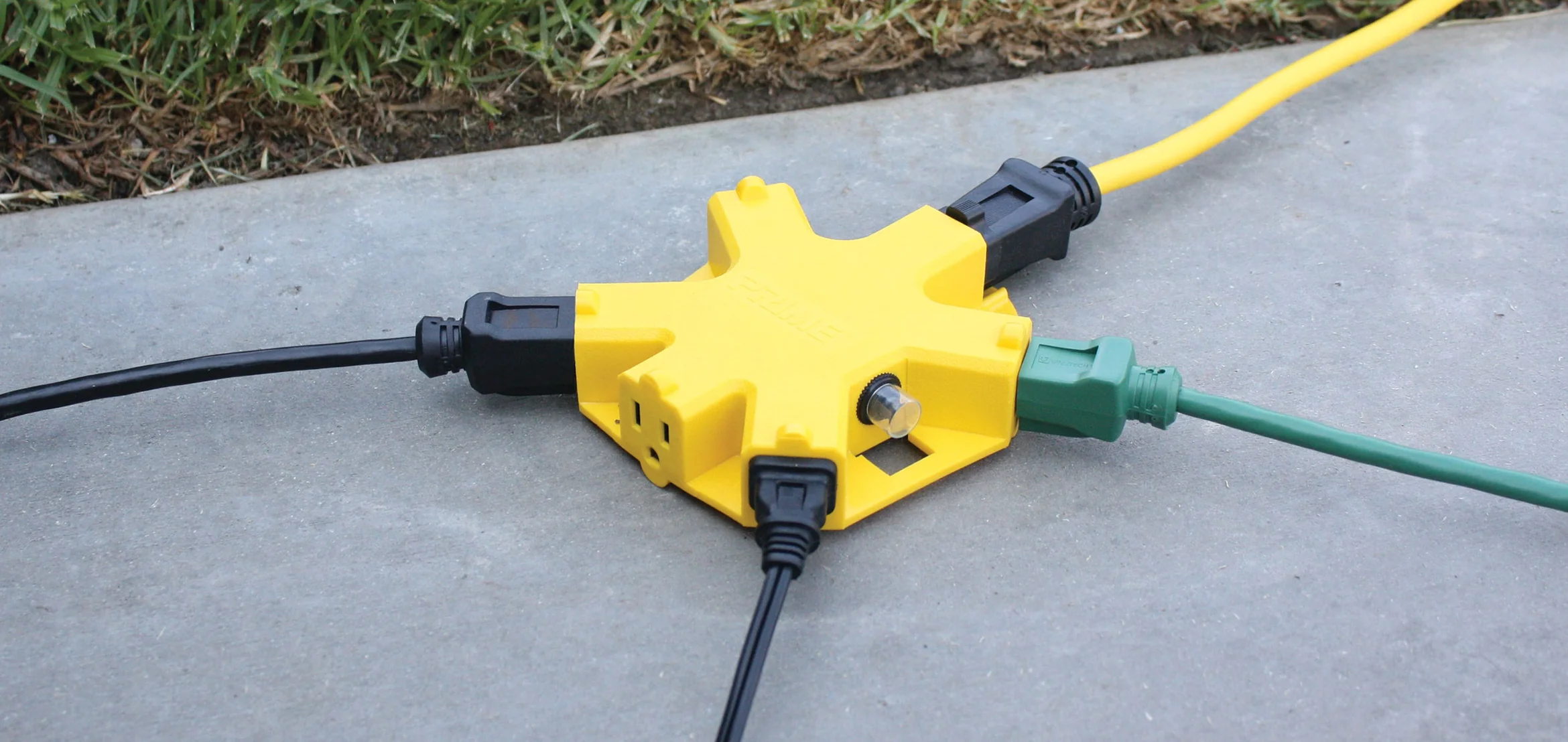
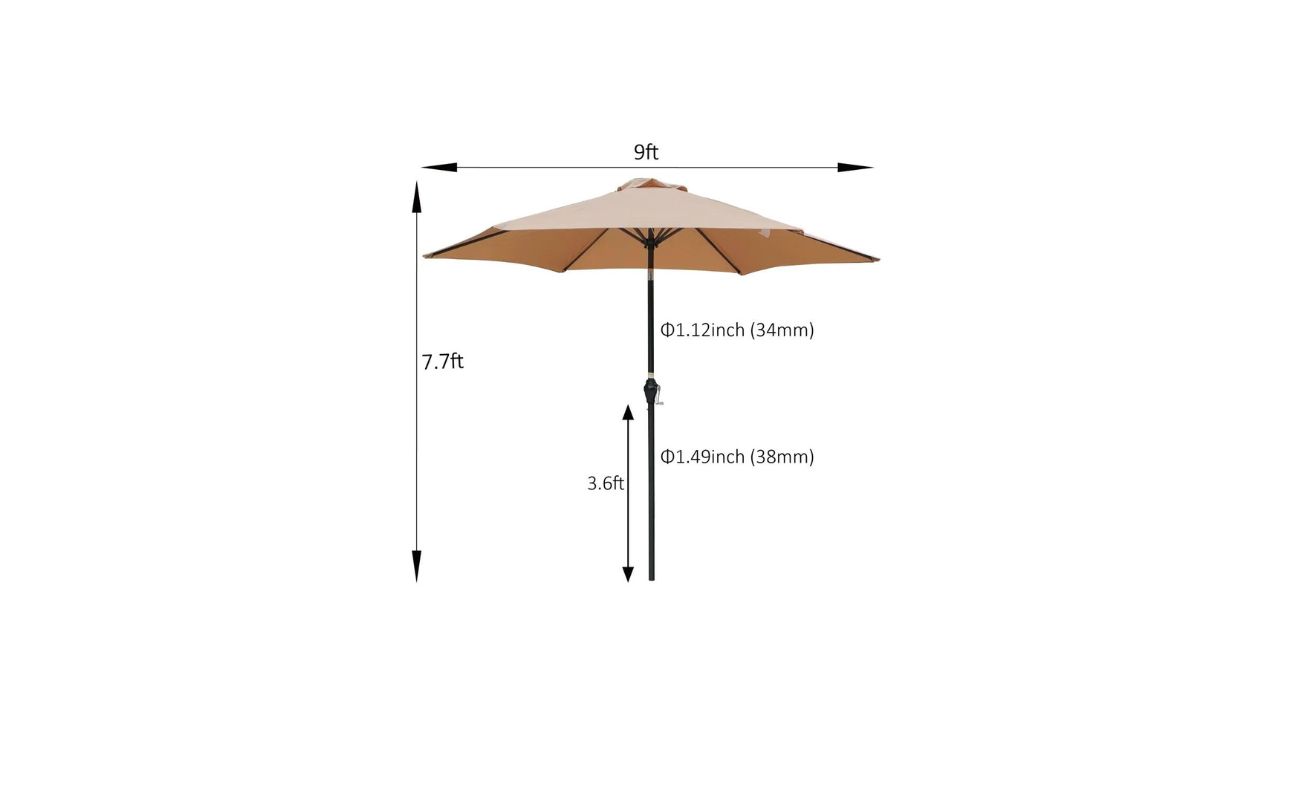


0 thoughts on “What Size Air Purifier Do I Need”